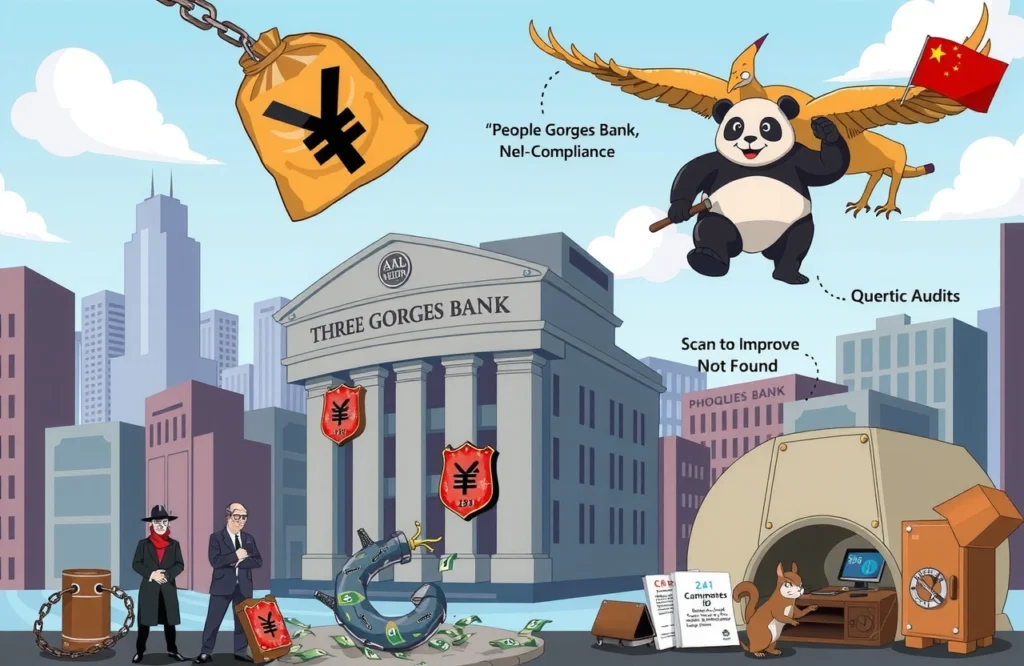– Historic low bond yields are forcing fixed-income veterans to confront strategic crossroads
– Major funds showcase diverging approaches: pure-bond defense vs. fixed-income-plus expansion
– Manager transitions carry significant performance volatility risks and expertise gaps
– Investor portfolios face reassessment amid changing fixed-income landscape
The Fixed-Income Crossroads
The winds have shifted for fixed-income veterans navigating today’s investment landscape. As savings rates and bond yields descend to multi-generational lows since early 2025, these fund commanders face a strategic reckoning. What worked during the bond bull market now threatens portfolios trapped in what industry insiders term the “yield corner”—a tightening space where traditional fixed-income strategies yield diminishing returns.
Asset allocation isn’t merely theoretical when lifetime specialists confront 2% yields on policy financial bonds. This environment pressures even seasoned fixed-income veterans to reconsider fundamental approaches. Market neutrality vanishes when even sovereign debt carries duration risk without compensatory returns.
The Yield Dilemma
China’s bond market stagnation creates what Shanghai finance professor Chen Ming (陈明) describes as “synthetic stagflation for debt instruments.” Ten-year government bond yields hover near 2.15% while deposit rates compress savings potential. This forces even conservative investors to hunt returns elsewhere.
Pure Bond Attrition
Traditional portfolios built exclusively on government/municipal bonds now struggle to outperform inflation. Historical models predicated on bond bull markets teeter as coupons diminish.
Fixed-Income Plus Emergence
The “fixed-income-plus” universe expands beyond academic theory – comprising hybrids blending debt instruments with:
– 15-30% equity allocations
– Convertible bonds
– REIT components
– Alternative credit
Veteran Strategies in Flux
Fixed-income veterans reveal divergent battle plans. Recent fund prospectuses showcase strategies ranging from pure-bond reinforcement to diversification gambits.
Double-barreled Defense at Everbright
Everbright Baodexin deploys experienced tacticians Li Huaiding (李怀定) alongside assistant Jiang Lei (江磊), committing entirely to pure-bond strategies. Their upcoming fund exemplifies “yield trench warfare” with:
– Full exclusion of equity components
– Heavy treasury allocations
– Corporate bond selection
“When fundamentals shift, fortifications matter,” notes Li, whose 18-year career weathered multiple rate cycles. For fixed-income veterans like Li, navigating uncertain markets demands discipline over novelty.
Cross-Asset Offensive at Huian
Meanwhile, Wang Zuozhou (王作舟) executes pivot strategy at Huian Fund – abandoning pure bonds for mixed funds with 20% equity allowances. His dramatic shift illustrates:
– Professional evolution pressures
– Changing institutional priorities
– Competitive yield positioning
Historical data illuminates the transition challenge: Only 37% of bond-first managers outperform blended funds in first-year transitions (China Fund Association 2024). For fixed-income veterans, unfamiliar asset classes present navigation hazards.
Transformation Challenges
Strategic pivots carry substantive execution risks. As Peking University finance professor Liang Hong (梁红) observes: “Fund management resembles quarterbacking—changing positions demands neurological rewiring.”
Skill Gap Realities
Fixed-income veterans training exclusively in duration management face precipitous learning curves evaluating:
– Equity valuations
– Sector rotation signals
– Earnings momentum
Transitioning managers commonly undershoot benchmarks by 80-120 basis points initially.
Performance Volatility
Investor ImplicationsWhen fixed-income veterans shift strategies, investor due diligence intensifies. The fixed-income-plus arena requires scrutinizing:
– Actual asset allocation percentages
– Manager transition experience
– Historical blended-fund performance
Portfolios should maintain strategic anchors while adapting:
– Core positions for stability
– Transitioning satellite funds
– Risk-adjusted allocation shifts
Roads Forward
This era demands unprecedented decisions from fixed-income veterans. Their choices illuminate fundamentally different convictions about capital preservation.
The Fortification Path
Pure-bond proponents like Li Huaiding (李怀定) preach “structural patience”—urging investors to:
– Prioritize bond duration management
– Accept temporary sub-inflation yields
– Position for eventual rate reversals
Historical trends support strategy, showing bonds gaining absolute value within 36 months of quantitative easing conclusions.
The Diversification Imperative
Fixed-income-plus converts counter that multi-asset allocations aren’t just opportunistic—they’re essential for modern yields. Consider Yangpu Capital’s hybrid fund delivering annualized 4.2% returns versus pure bonds’ 1.6% average.
Fixed-income veterans embracing change demonstrate vital adaptability:
“Yield environments transform,” argues Huian’s Wang Zuozhou (王作舟), “We evolve with markets rather than defending territories.”
As bond markets evolve beyond traditional patterns, investors must mirror their fund managers’ strategic clarity. Examine fund allocations rigorously and insist on manager explanation of positions. Whether you pursue diversification or specialization, act decisively—but ensure your portfolio anchors remain visible through market squalls.




